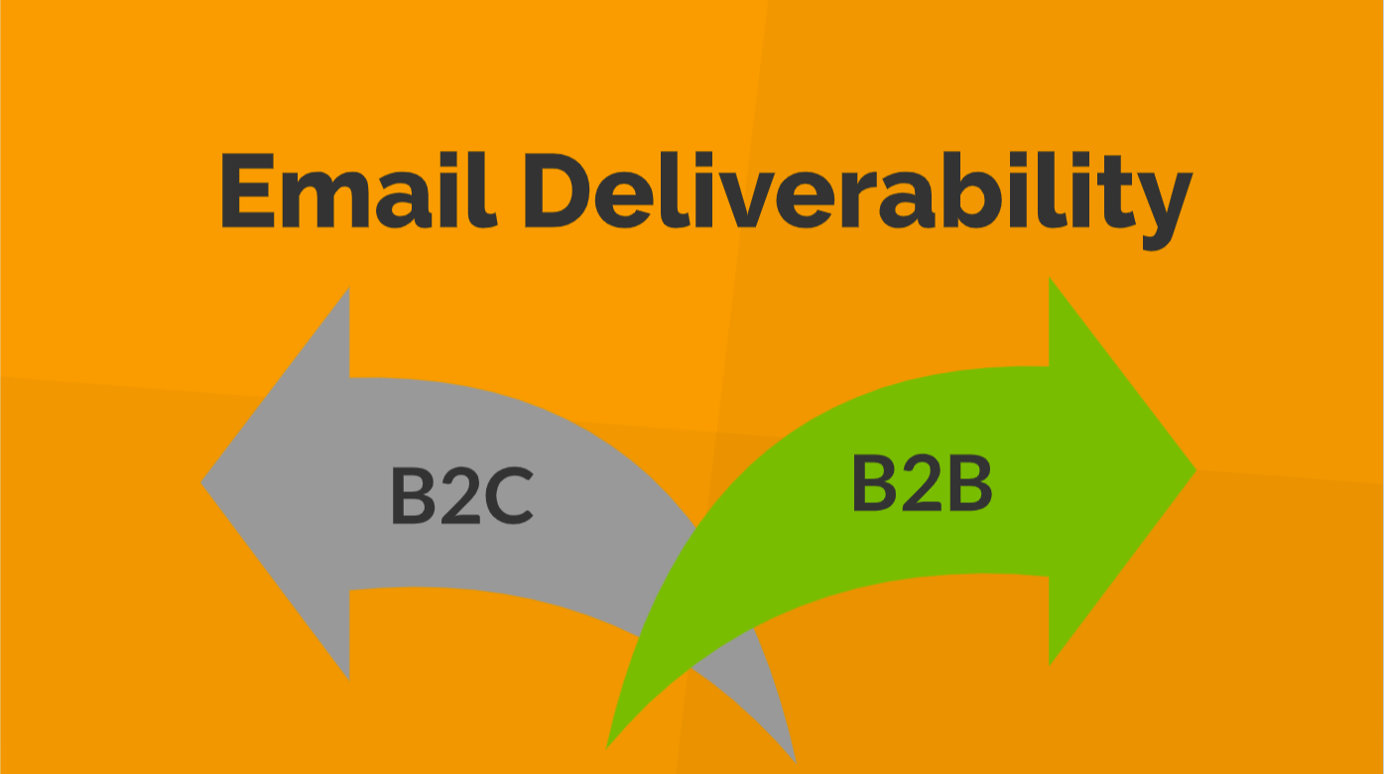I interviewed Validity Email Deliverability Expert Sloan Simmons to better understand the nuances for B2B marketers.
Jen: Is email deliverability harder for B2B companies than B2C?
Sloan: B2B is harder. It’s true. If you suspect your emails are getting blocked, you can reach out to specific commercial email providers like Verizon Media or Hotmail. There’s fewer of them and they often have a designated team and process to follow. But with B2B, there are two questions to ask – is the mailbox provider or a specific company blocking? If an individual or team is stopping your email from getting through to recipients, you’ll need to reach them directly, though that can be difficult.
Jen: Many B2B companies are on a shared IP. Should they care about deliverability?
Sloan: Yes, they should care. Whether their sending habits are good or bad, they will have an impact on, and from, the shared pool. Some people will jump into a shared environment hoping they can swing with the crowd and benefit from shared situations. They have bad email habits and leverage other (better) reputations, but unfortunately, their bad behavior will harm everyone’s reputation, and as a result may incur the wrath of a compliance team or blocklist. Plus, don’t forget that companies still have to maintain their domain reputation.
Jen: What is the most common issue you see with B2B companies?
Sloan: List purchasing, because it’s not a best practice and we highly advise against it. Also, list health and poor list practices are very common. You need to be able to organically grow your list to include people who want to receive emails from you.
Jen: How do I know if I have a deliverability issue?
Sloan: The easiest identifier is to check to see if you are on a blocklist. We strongly suggest using a tool or platform to help you keep a consistent eye on important deliverability metrics like delivered rates, engagement rates, spam trap hits, and so on. We’re partial to Validity for Email, of course! For all of this to truly provide benefit, though, approaching deliverability before you have an issue is key. Go back in time and establish a baseline of engagement metrics and make a comparison to what’s happening today. Look at unique opens. Are clicks lower now than before? Are you sending at the same cadence? Is your email volume different? Once you establish patterns you can start looking for ways to make improvements, and solving issues should be easier (and less frequent).
Jen: If I have a deliverability problem, what do I do about it?
Sloan: The first thing I’d do is look at deliverability stats and historical documentation, which is just what I was getting at with my previous answer, then go to your ESP’s (Account Engagement) deliverability team. Share with them what you’ve found from your reporting, and try to reconcile yours with theirs. Do you see patterns? This is another situation in which a tool like Validity for Email can make this much easier. We have both free and paid tools that provide a full scope view of analytics that you can pair with your ESP, so you have all of that reporting, yours and theirs, in one place that’s easy to analyze and implement change.
Jen: What’s the craziest thing you have seen regarding deliverability in your job?
Sloan: I’ve seen a company that was hard-blocked by Gmail. It’s incredibly rare that you get someone who is fully blocked. Normally, Gmail will accept you and put you in a spam folder, but this company couldn’t get into Gmail or Google apps domains. We came in to help them resolve this because, of course, this was a true killer for their email marketing program. After reviewing their processes and decisions, we advised they set up a structure of 10-15 emails every couple of days to only subscribers who they knew would engage. This would help them cut down on their negative engagement signals (spam complaints, etc.), and increase their positive engagement (opens, clicks). It took about five to six months to get them up to a few thousand emails per day, but eventually, with hard work and diligent choices, they were out of Gmail’s doghouse.

